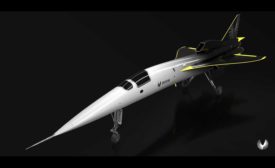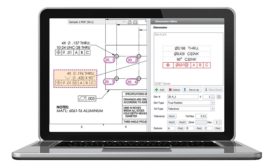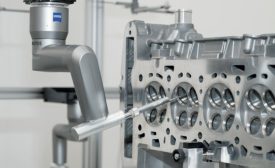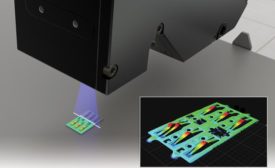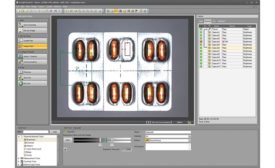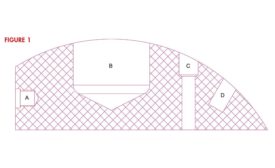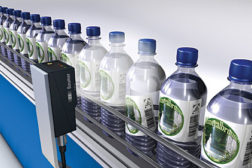Home » Keywords: » part inspection
Items Tagged with 'part inspection'
ARTICLES
It improves quality, increases speed to market, and reduces cost.
Read More
New Software Technology Advances the Practicality of Quality 4.0
It’s time to close the gap between Quality 4.0 and Industry 4.0.
October 8, 2019
Choosing Sensors for your CMM
The goal of part inspection is to get results you can trust.
July 1, 2019
Designing a Better Sensor for Small Parts Inspection
Smart technology advancements are at the heart of today's movement toward better sensor design.
March 1, 2019
Vision Sensors Set New Standard for Pass/Fail Inspections
By combining powerful vision tools, simple setup and a modular design, vision sensors set new standards for value, ease of use and flexibility.
April 30, 2018
Depth Measurement Challenges
Let’s look at some of the part and gage features that may impede accurate depth measurement.
October 3, 2017
Vision & Sensors - Image Analysis
Encoder Input Improves Part Inspection
Adding an encoder to provide a distance-based input trigger can eliminate automated inspection errors.
May 8, 2013
Get our new eMagazine delivered to your inbox every month.
Stay in the know with Quality’s comprehensive coverage of the manufacturing and metrology industries.
SIGN UP TODAY!Copyright ©2024. All Rights Reserved BNP Media.
Design, CMS, Hosting & Web Development :: ePublishing
